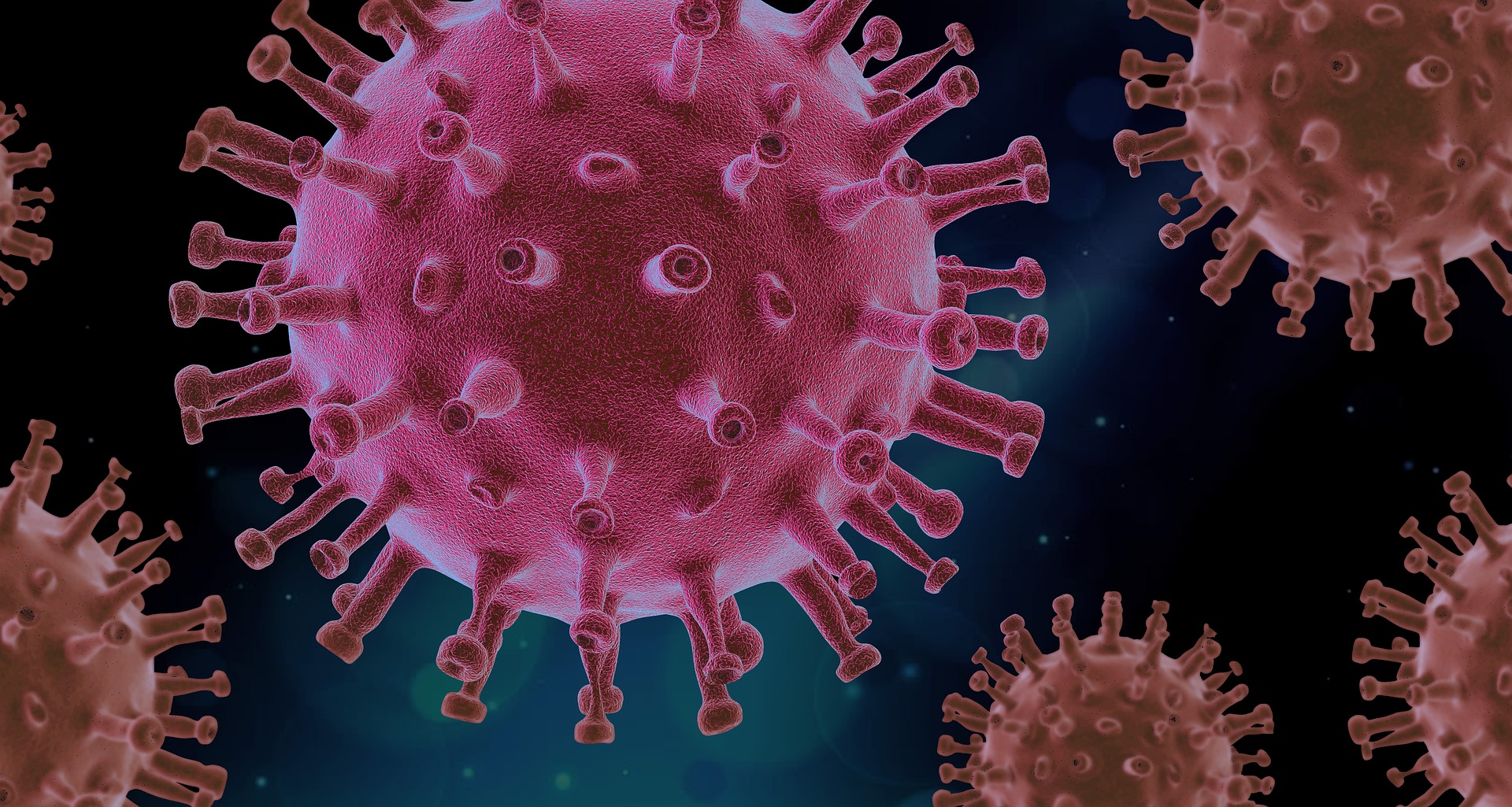Required Biosafety Levels
The following are general biosafety level requirements. Follow all EH&S and IBC requirements as communicated in your BUA Letter. Additional site-specific requirements may be required for certain facilities or shared laboratory spaces.
Summary of Minimum Required Biosafety Levels
|
Virus, specimen, or activity |
Biosafety level (BSL) |
Agent listing on BUA letter |
Occupational health requirement |
|
SARS-CoV-2 in vitro and in vivo experiments |
BSL-2 |
SARS-CoV-2 |
Requirement to offer the COVID vaccine |
|
Clinical samples from COVID patients |
BSL-2 |
Human source material |
None |
|
SARS-CoV-2 nucleic acid and fixed/inactivated samples |
BSL-1 |
Not required to be listed |
None |
